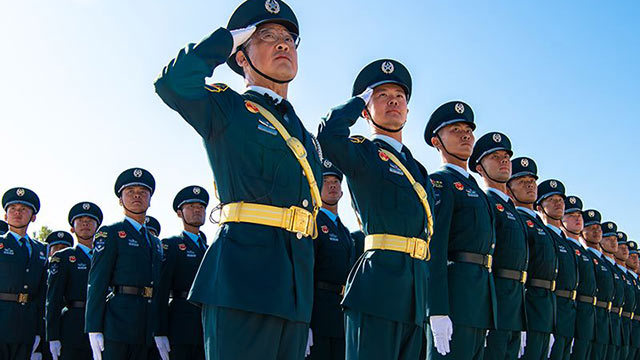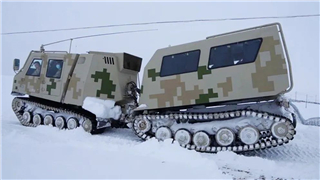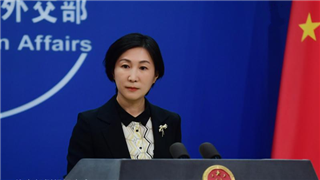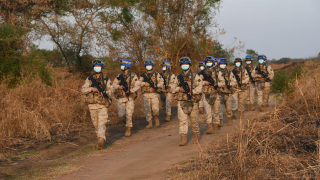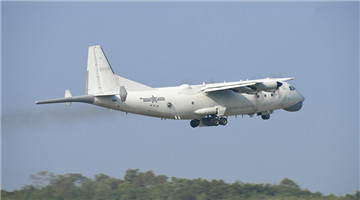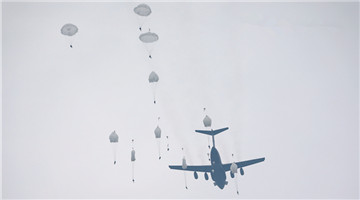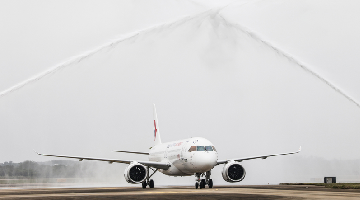By Wu Minwen
The Japanese government officially published three strategic documents including the National Security Strategy (NSS), National Defense Program Guidelines (NDPG) and Medium-Term Defense Program (MTDP) on December 16, 2022. Japan announced that defense spending will be raised to an unprecedented 43 trillion yen in the next five years, and China will be positioned as the "biggest strategic challenge." This change in Japan's defense policy and recent related measures deserves great attention and vigilancefrom the international community.
Greatly improve strength building
As the US steps up its implementation of the Indo-Pacific Strategy aimed at containing China's rise, Japan's position in the US global strategy, especially in the Indo-Pacific region, has risen. The conflict between Russia and Ukraine has given Japan an excuse and an opportunity to strengthen its defense capabilities.
The first is the sharp increase in defense spending. Japan's defense expenditure has long accounted for less than 1 percent of its GDP since 1960. However, Japanese Prime Minister Fumio Kishida officially issued an order to increase the total defense expenditure to 43 trillion yen in the next five years on December 5, 2022. This is nearly 1.5 times the total defense expenditure of 27.47 trillion yen of Japan in the previous five years. By 2027, Japan's defense spending will account for 2 percent of its annual GDP, which is the ratio of annual defense spending to GDP that the US requires its NATO allies to spend.
The second is the increased attention on the cyber and space fields. Japan has strong technological advantages in the cyber and space fields. However, due to the limitation of the peace constitution, Japan lacks a legal basis for the development of combat power in the corresponding fields. In recent years, Japan has adopted flexible methods to circumvent restrictions, and vigorously developed new types of combat forces such as cyber and space operations. Its regularly and irregularly revised NDPG and Defense White Paper are also planning and providing resources for improving its space combat capabilities.
The third is the extraordinary development of intelligent unmanned systems and equipment. The Ministry of Defense of Japan believes that most of the Japanese Self-Defense Force (JSDF)'s existing drones are reconnaissance type, and there is an urgent need to strengthen the construction of attack drones and their formations. In the Fiscal Year 2023 defense budget, the Ministry of Defense of Japan proposed for the first time the project of "preparing attack drones". While strengthening the combat capabilities of drones, the Japanese Ministry of Defense is also conducting anti-drone research, such as the development of high-power laser and microwave weapons to deal with drone swarm operations.
Step up integration into the NATO system
At the same time, there are indications that Japan is also seeking to step up its integration into the NATO system. Japan is eager to strengthen its global political and military status.
Japan officially joined the NATO Cooperative Cyber Defense Centre of Excellence (CCDCOE) on November 4, 2022. This is the second East Asian country after South Korea to join NATO's CCDCOE. The CCDCOE is a functional and professional institution under NATO. Given the increasingly important role of cyber-attack and defense in modern warfare, the impact and significance of Japan's role in the CCDCOE cannot be underestimated.
Japan's weapons and equipment development are also trying to integrate into the NATO system. The JSDF has been adopting an iterative development model of purchasing from the US and jointly developing with the US in terms of the development of weapons and equipment. The Japanese government announced that it will jointly develop next-generation fighter jets with the UK and Italy on December 9, 2022. This is the first time since World War II that Japan has carried out research and development of main combat equipment and major defense cooperation with NATO countries other than the US and it is of symbolic significance.
In addition, Japan is also strengthening military exchanges and joint operations with the armed forces of NATO countries. In 2022, Japan signed the Japan-Australia Reciprocal Access Agreement with the UK and Australia. At the same time, the US, Japan, South Korea, Australia, and other regional countries frequently conducted military exercises in the Indo-Pacific region, which objectively makes Japan a key participant and regional ally in these activities.
The target of combat preparation gets more and more clear
The year 2022 witnessed the revision and release of Japan's three strategic documents on diplomacy and security, including the NSS, NDPG and MTDP. In fact, Japan has broken through the 75-year-old peaceful constitutional principle of "exclusive defense" and changed its national defense policy to "preemptive strike." To this end, Japan will propose the so-called "enemy base attack capability" and define it as "the capability of weapons and equipment capable of attacking enemy missile launch bases."
Of course, the ambitious expansion plan of the JSDF is not without resistance. First, a substantial increase in defense spending will have a huge impact on the Japanese economy, and the Japanese government's desire to "increase taxes for defense spending" has sparked a public backlash. Japan's Kyoto Shimbun published an editorial that the government's posture in terms of arms expansion is dangerous as the national debt exceeds 1,200 trillion yen. Second, the improvement of Japan's defense capabilities will inevitably require greater autonomy, which is controlled by the US. Third, China and Japan are close neighbors that cannot be moved apart. Whether it is worthwhile for Japan to act as a "pawn" for the US to contain China's rise at the cost of endangering China-Japan relations is a question that needs to be carefully weighed.
(The author is from the School of Information and Communication, PLA National University of Defense Technology.)
Editor's note: Originally published on zqb.cyol.com, this article is translated from Chinese into English and edited by the China Military Online. The information and opinions in this article do not necessarily reflect the views of eng.chinamil.com.cn.
